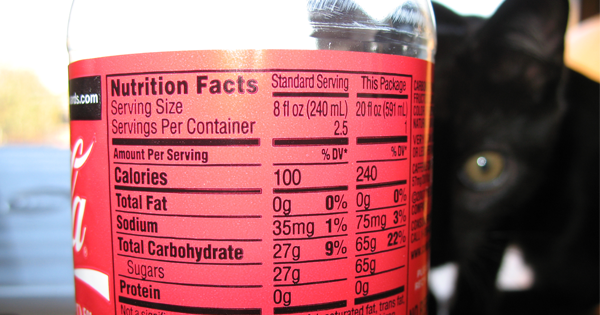Advertisement
Sure, you know how to watch your calories. But do you really know what else you're looking for? Use these helpful tips to make sure you're getting the most out of that pesky label.
Protein. The key to looking at a Nutritional Facts guide is to look at the grams, not the Percent Daily Value (%DV). You should be getting a minimum of 46 grams of protein per day, probably more. So it could help to look at just how much protein you’re getting!
Fat. Just like with protein, make sure you’re looking at grams, not % DV You probably don’t need more than 50 grams of fat in your diet on any given day, so aim for 10-15 grams of fat in any meal or snack.
Fiber versus sugar. Carbs aren’t something to 100% avoid. After all, you get your fiber from carbs. Just make sure that you have a good ratio of fiber to carbs. A recent study said that a good goal is one gram of fiber for every ten grams of carbs. And stay low on the sugar!
Advertisement
Serving Size. Serving size can be your worst enemy when you’re looking for healthy snacks. Sure, that “nutrition bar” has only 140 calories per serving, but what happens when a serving is half the bar? Then you may want to think again. But the serving size can be great if you want to make sure you don’t eat too many Oreos or that you eat enough of your bagged spinach. Make sure you check how many servings it contains, too, since it may be way less or way more than you think.
The ingredients list. If you’re looking to lessen your processed food intake, you should aim for a pretty short ingredients list. And if the first ingredients are unhealthy and added, such as sugar, salt, or flour, steer clear. The rule that you shouldn’t buy anything you can’t pronounce isn’t always true, since things like maltodextrin, ascorbic acid, and lecithin are all safe and relatively healthy. But there’s nothing wrong with sticking to things that you recognize.
What do you think is the most important part of the nutrition label?
Photo Copyright © 2007 consumerist/Flickr




